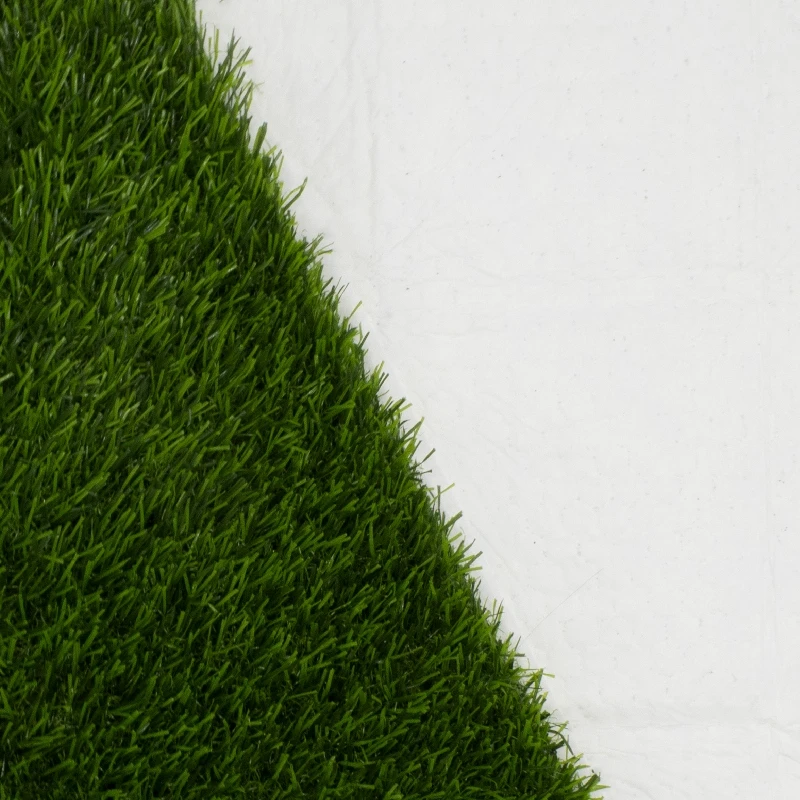
- Afrikaans
- Arabic
- Belarusian
- Bengali
- Czech
- Danish
- Dutch
- English
- Esperanto
- Estonian
- Finnish
- French
- German
- Greek
- Hindi
- Hungarian
- Icelandic
- Indonesian
- irish
- Italian
- Japanese
- kazakh
- Rwandese
- Korean
- Kyrgyz
- Lao
- Latin
- Latvian
- Malay
- Mongolian
- Myanmar
- Norwegian
- Persian
- Polish
- Portuguese
- Romanian
- Russian
- Serbian
- Spanish
- Swedish
- Tagalog
- Tajik
- Thai
- Turkish
- Turkmen
- Ukrainian
- Urdu
- Uighur
- Uzbek
- Vietnamese
Eco-Friendly Artificial Grass Solutions for Sustainable Landscaping and Green Spaces
Oct . 20, 2024 22:56 Back to list
The Rise of Sustainable Artificial Grass A Greener Future for Landscaping
In recent years, the quest for sustainability has permeated various sectors, including landscaping. One of the most significant innovations in this space is the development of sustainable artificial grass. Traditionally, artificial turf has been associated with environmental concerns due to its reliance on petroleum-based products and issues related to disposal. However, advancements in technology and a growing awareness of environmental responsibility have led to the emergence of eco-friendly alternatives that promise to revolutionize the landscaping industry.
What is Sustainable Artificial Grass?
Sustainable artificial grass is designed to minimize environmental impact while maintaining the aesthetic and functional benefits of traditional synthetic turf. This new generation of artificial grass often utilizes recycled materials, such as post-consumer plastic bottles and discarded rubber tires, in its production. Moreover, these materials are engineered to reduce reliance on harmful chemicals and toxic substances, making them safer for families, pets, and the environment.
Benefits of Sustainable Artificial Grass
1. Water Conservation One of the primary benefits of sustainable artificial grass is its ability to conserve water. Traditional lawns require substantial irrigation, leading to significant water wastage, particularly in arid regions. In contrast, artificial grass eliminates the need for watering, helping to conserve this precious resource while still providing a lush, green appearance year-round.
2. Reduced Maintenance Sustainable artificial grass requires minimal maintenance compared to natural lawns. Homeowners no longer need to mow, fertilize, or use pesticides—a process that not only saves time and money but also reduces the carbon footprint associated with lawn care. This lack of maintenance also lessens the use of harmful chemicals that can leach into the soil and waterways.
3. Durability and Longevity High-quality sustainable artificial grass is designed to withstand various weather conditions and heavy usage, making it an ideal choice for both residential and commercial landscapes. With proper care, sustainable turf can last for over 15 years, providing a long-lasting solution that reduces the frequency of replacements and the environmental impact associated with manufacturing new materials.
sustainable artificial grass

4. Recyclability Many manufacturers of sustainable artificial grass are committed to a circular economy, meaning that their products are designed with end-of-life considerations in mind. When the turf reaches the end of its lifespan, it can often be recycled into new products, thus reducing landfill waste and encouraging responsible disposal practices.
5. Aesthetic Appeal Sustainable artificial grass is available in a variety of colors, textures, and styles, providing homeowners with numerous design options to enhance their outdoor spaces. Whether for a residential garden, a playground, or a sports field, the versatility and visual appeal of sustainable turf can complement any setting.
Challenges and Considerations
Despite its many advantages, the transition to sustainable artificial grass is not without challenges. Awareness and education about its benefits are crucial for widespread adoption. Moreover, the initial investment for high-quality sustainable turf may still be higher than traditional grass; however, when considering the long-term savings in water, maintenance, and longevity, it often proves to be a more economical choice.
Additionally, consumers should pay attention to certifications and standards associated with eco-friendly products. Various organizations provide guidelines to ensure that synthetic turf is safe, sustainable, and free from harmful substances.
Conclusion
Sustainable artificial grass represents a significant leap toward more environmentally responsible landscaping solutions. As technological advancements continue to emerge and awareness grows, consumers can make informed choices that benefit both their outdoor spaces and the planet. By embracing sustainable artificial grass, we can create beautiful, low-maintenance landscapes that contribute to water conservation, reduce chemical use, and promote a healthier environment for future generations. In a world striving for sustainability, artificial grass is not just an alternative; it is a step toward a greener future.
-
The Benefits of Artificial Turf for Indoors
NewsJul.15,2025
-
How Artificial Grass Suppliers Ensure Quality Products
NewsJul.15,2025
-
Artificial Grass and Pets: A Space for Relaxation
NewsJul.08,2025
-
Balcony & Outdoor Decoration with Artificial Grass
NewsJul.08,2025
-
Best Indoor Artificial Grass for Home
NewsJul.07,2025
-
Best Pet Turf for Dogs: Safe & Durable Artificial Grass Options
NewsJul.07,2025
Products categories









